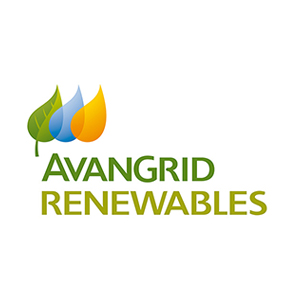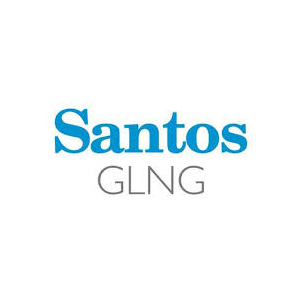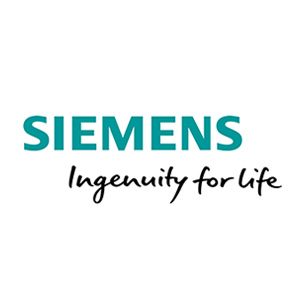Projects View
GE Research Awarded $3 MM ARPA-E Project to Develop World’s 1st High-Voltage Silicon Carbide Super Junction Transistor for Next Generation Grid Solutions

Specifications:
Name:
GE Research Awarded $3 MM ARPA-E Project to Develop World’s 1st High-Voltage Silicon Carbide Super Junction Transistor for Next Generation Grid Solutions
Location:
United States
Company:
GE
Estimated Cost:
$3 MM
Source:
ge.com
GE Research today announced it has received a $3 MM ARPA-E project award to develop the world’s 1st high voltage SiC super junction (SJ) metal-oxide-semiconductor field effect transistor (MOSFET) that enables highly-efficient power conversion for next generation MVDC and HVDC grids as well as other applications in energy, aviation and healthcare. Separately, GE researchers also are working on a separate ARPA-E program to develop a superfast DC circuit breaker, which is seen as another key enabling technology for MVDC grids.
“As electricity needs grow and the energy landscape becomes increasingly diverse and renewables intensive, highly efficient power conversion will be required to more flexibly, reliably and efficiently manage our energy needs,” said Reza Ghandi, Senior Engineer at GE Global Research and Project Leader. “For example, in grid technology, silicon (Si) has been the workhorse transistor material to manage electric power on the grid for decades. The next generation of power devices will be based on silicon carbide, which offers higher frequency, lower power losses and greater power density in smaller packages.”
GE’s footprint in semiconductor technology and the development of transistor technologies began in the late-1950s with the development of the Silicon Controlled Rectifier. In the mid-1980s,
GE introduced the first Insulated Gate Bipolar Transistors (IGBT) that are still in use on the grid today. Each advancement has enabled tremendous leaps in frequency and switching speed, which have helped to make the grid and other power applications more efficient, reliable and capable. The development of a high voltage SiC transistor promises yet another step change in performance.
GE researchers have had a dedicated research program in SiC since the early 2000s, with some commercial applications in Aviation for power conversion to support the increasing electricity needs aboard airplanes and others currently under development in the power, transportation and healthcare sectors.
The goal of the project is to develop and demonstrate high voltage SiC SJ MOSFETs that can provide breakthroughs in power conversion efficiency and system simplification across many MV applications including, renewables, utility grid-connected MVDC/HVDC, and converters used in the aviation and healthcare sectors.






